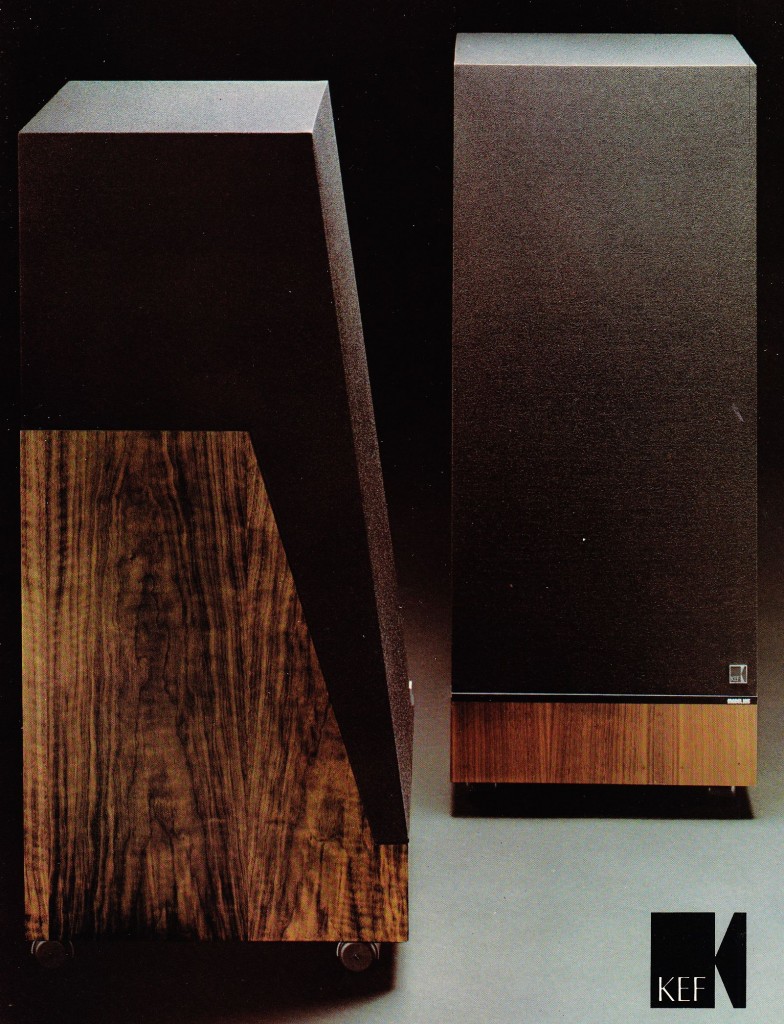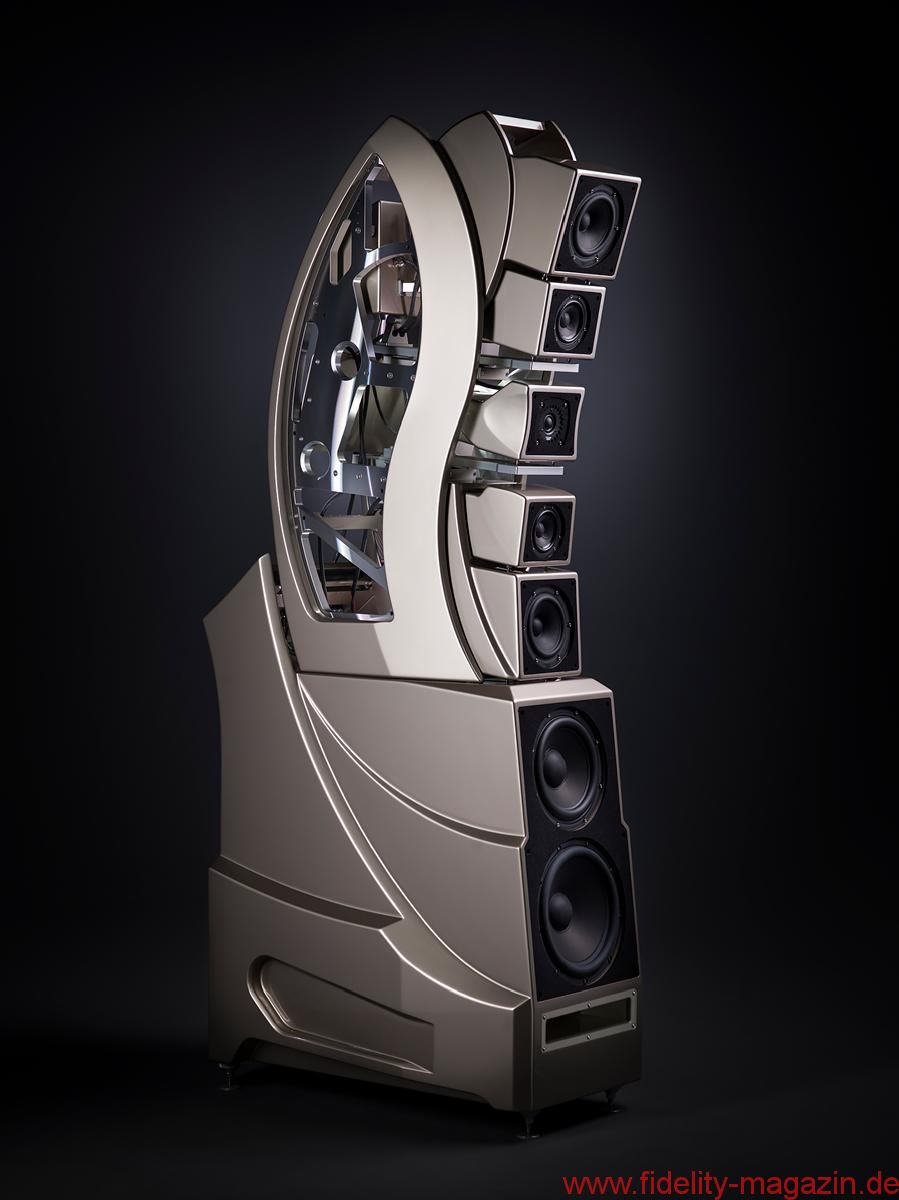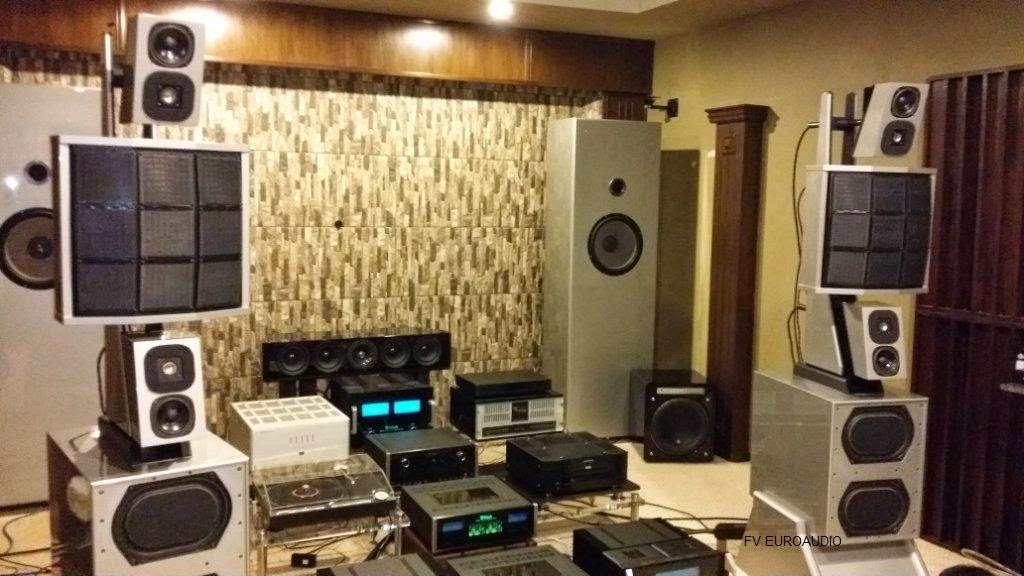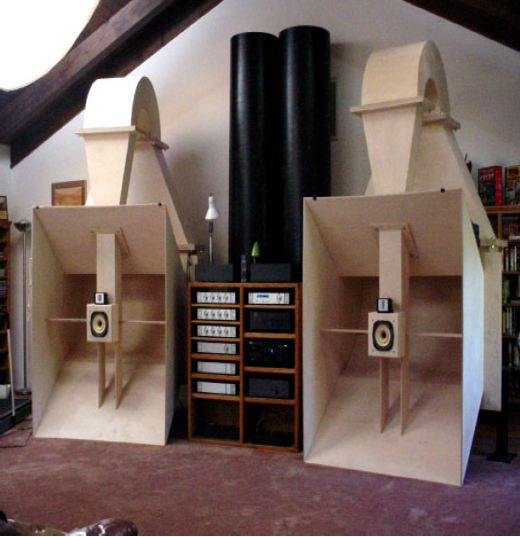I am afraid you were misled by another audio pundit.
I wrote that majority of speakers in studios are "powered" , that means with amps built-in and passive speaker level signal crossovers in the speakers AFTER the amps. That's what "powered monitors" are. Mr Robjohns in your quoted article offers an incorrect definition of "powered monitors" and "active" saying:
"Active speakers come in two forms: true 'active' monitors, which have a separate amplifier for each driver, and 'powered' monitors, which have a single amplifier built into the cabinet, feeding both drivers via a normal passive crossover."
In fact studio monitors usually employ bi-amping and tri-amping (something he apparently is confused about ) with passive crossovers. "Active"also means something different. "Passive/active" relates to filters (crossover networks). If they use an outside power source to operate, typically 5-15 V, they are active line level signal devices. If they work on the line level signal or speaker level signal without own power supply they are passive. Nothing to do with the amps built into speakers or not . Active crossovers can be discrete electronics based ( I use those) or DSP based. I discontinued using the latter due to additional a/d/a steps beyond my control. EQ can be added to active circuits both in discrete and DSP versions (easier and cheaper). Active XO can be built into speakers before amps (in-line) or they can be built in-line into separate amplifiers before their power output modules, away from the speakers.
And to make things more complicated there are also PLLXO-- passive line level crossovers, non powered filters operating at line level voltages (inductor based). I use them in my designs too. I use a mixture of PLLXO plus active in-line crossovers in the separate amps and passive crossovers at the speaker-- all in one system. Whatever works best.
Oh yes, I also use a mechanical crossover in one system. I love it. It's a midwoofer that institutes a bandpass filter with
its mechanical construction. This one gives the clearest sound. It's supplemented with a first order passive speaker level XO
(one cap) midtweeter. Subs for this one have a passive or active line level (depending on application) Low Pass filter.
In professional work nobody has time/money for such games. The equipment has to be good quality, reliable, easily operated and serviceable and last but not least sensibly priced. It's got to pay for itself. So powered monitors of dependable brands
it usually is. If somebody can hear 0.5 dB SPL differences good for him.








